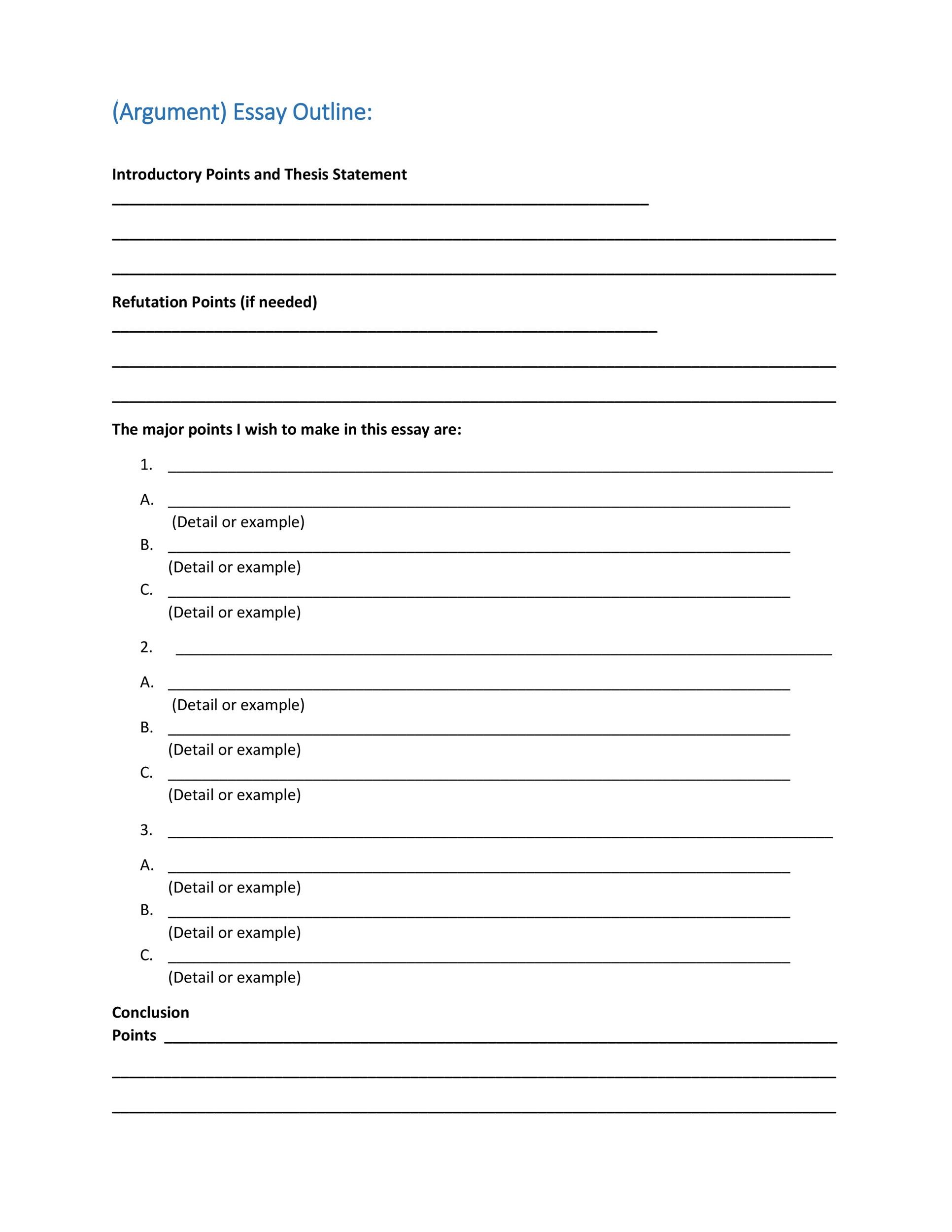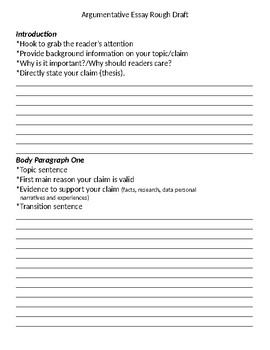

The primary purpose of claim in essay writing is to define paper’s goals, direction, scope, and support the argument. In fact, the effectiveness, complexity, and the overall quality of the paper depend on the claims you make. A claim is the central argument of an essay, and it poses as one of the most important parts of academic papers. When structuring the argumentative essay outline, you should pay special attention to claims. In this section, you have to develop the argument using claims and evidence to support them. Now that your introduction is well-crafted you’re about to proceeding to the second part of the argumentative essay.

To make things easier for you, this part of the introduction should answer these questions: Set a scene that reader can relate to Include an interesting fact or definitionĪfter creating the hook, you proceed to provide some useful background information about the subject.Anecdote can also be a good way of grabbing someone’s attention.Use a quote from famous people, scientists, writers, artists, etc.

Here are a few tips you can use to form the hook: Hooks aren’t limited to essays only they are present in all types of writing, which is why you’re highly likely to click on links with the catchy sentence under the headline. Let’s say you’re about to read something, would you continue reading that piece if the beginning were dull and boring? The answer would be no. When a professor, client, or some other person starts reading the essay, its beginning determines whether they’ll continue reading it or not. The hook is the first sentence (or two) of your work, and its primary purpose is to catch the reader’s attention, hence the name.


 0 kommentar(er)
0 kommentar(er)
